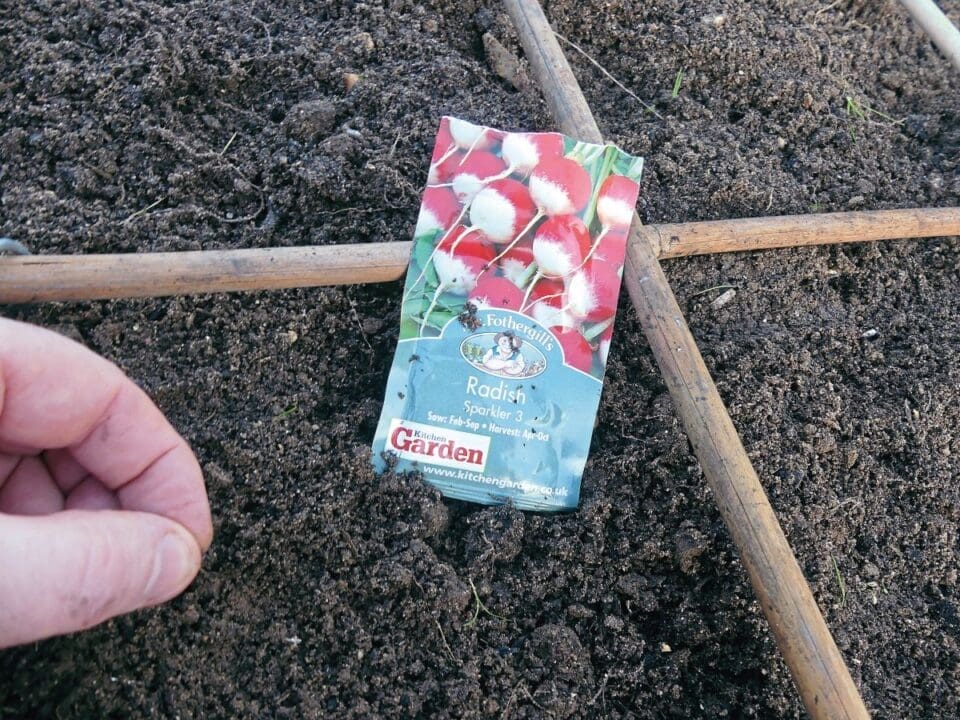If you’re growing on a small scale, want a variety of crops and don’t want to grow more than you can eat, this simple, space-saving method could be the answer you’re looking for!
What is known as Square Foot Gardening was a way of planting first lauded in the 1970s by Mel Bartholomew, an American author and TV presenter. The method basically requires you to divide a raised bed into square feet and to plant within each of those squares rather than in rows.
It is an effective method if you are growing on a small scale, want a variety of crops and don’t want to grow more than you can eat. Creating this kind of bed suits raised beds very well but there’s nothing to stop you creating a square or rectangular patch in your lawn if that is easier.
Note that you can organise it how you wish, larger squares or smaller, or even rectangles if you prefer – the methods are the same.
Method 1: Twine
With this method you simply attach twine of suitable lengths to short canes and stretch them horizontally one way and then the other.
STEP 1: Make sure your bed is ready – weed free and filled with good quality soil/compost.

STEP 2: Gather the materials, tying canes to each end of each length of twine.
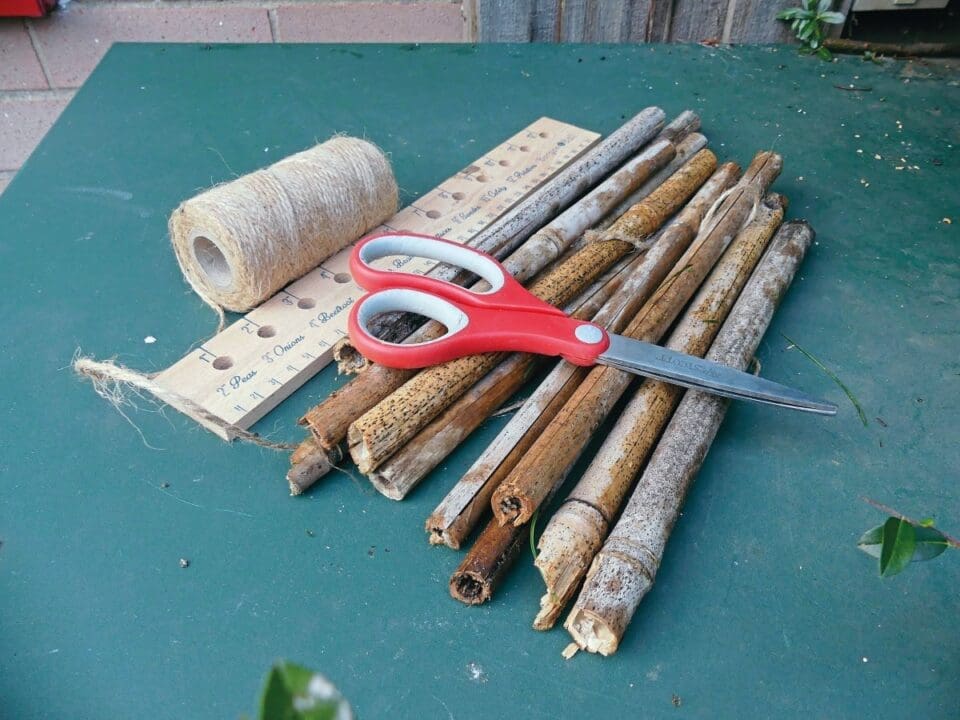
STEP 3: Make sure the distance between each line is the same (roughly!).
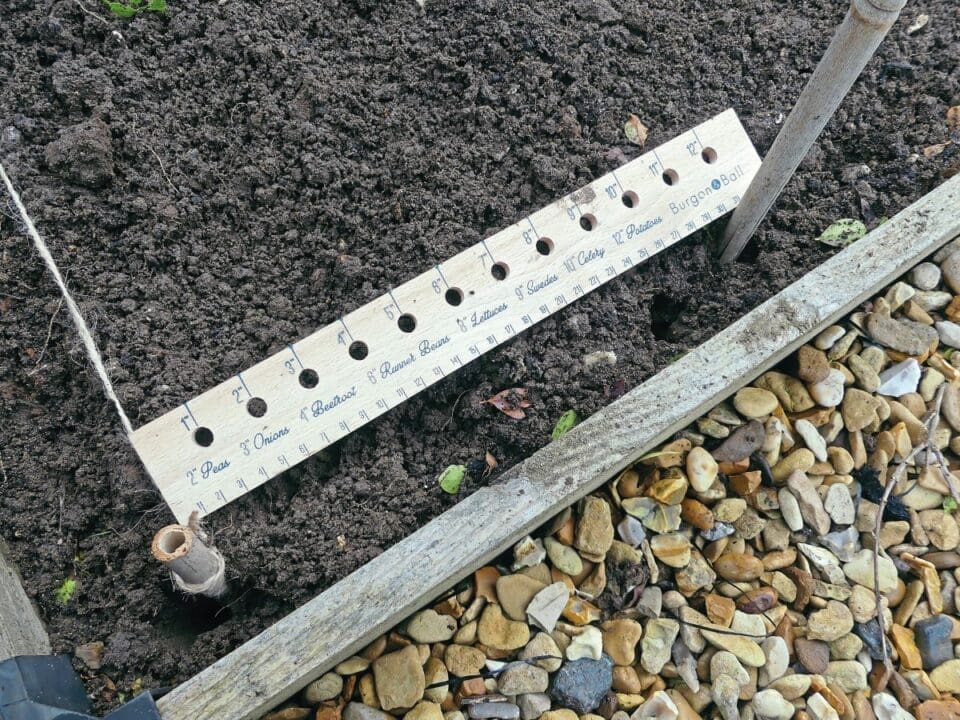
STEP 4: Work your way along with each line of twine and then crossways.
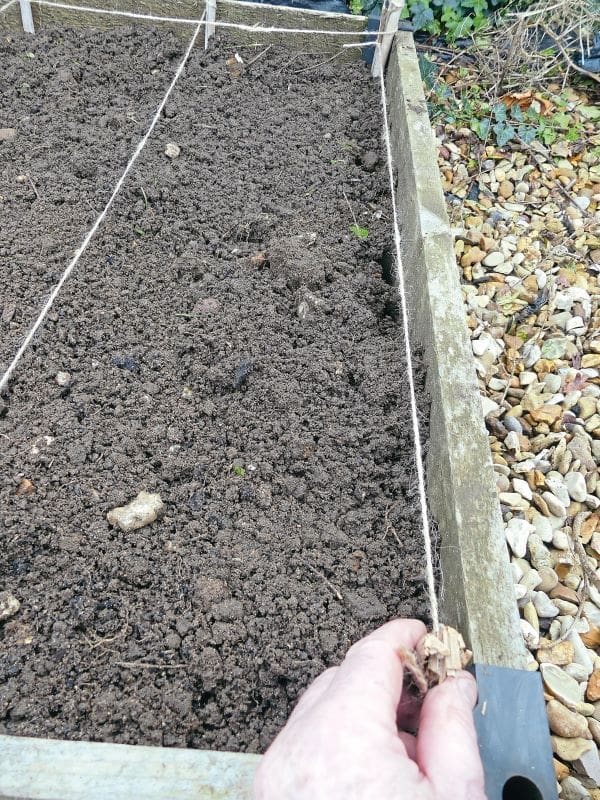
STEP 5: When you have all the squares in place, you can arrange your seeds ready for sowing!
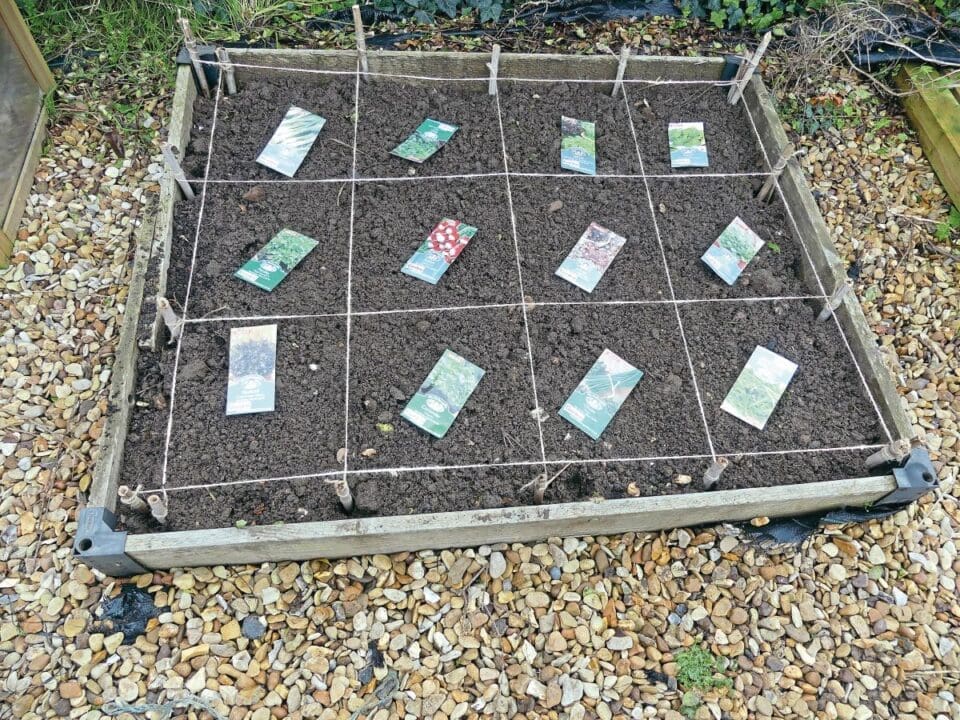
Method 2: Canes
Perhaps a less fussy one with this method. Simply cut canes to size and criss-cross them over the bed to form the requisite squares.
STEP 1: Cut the canes to the appropriate length and place them longways.
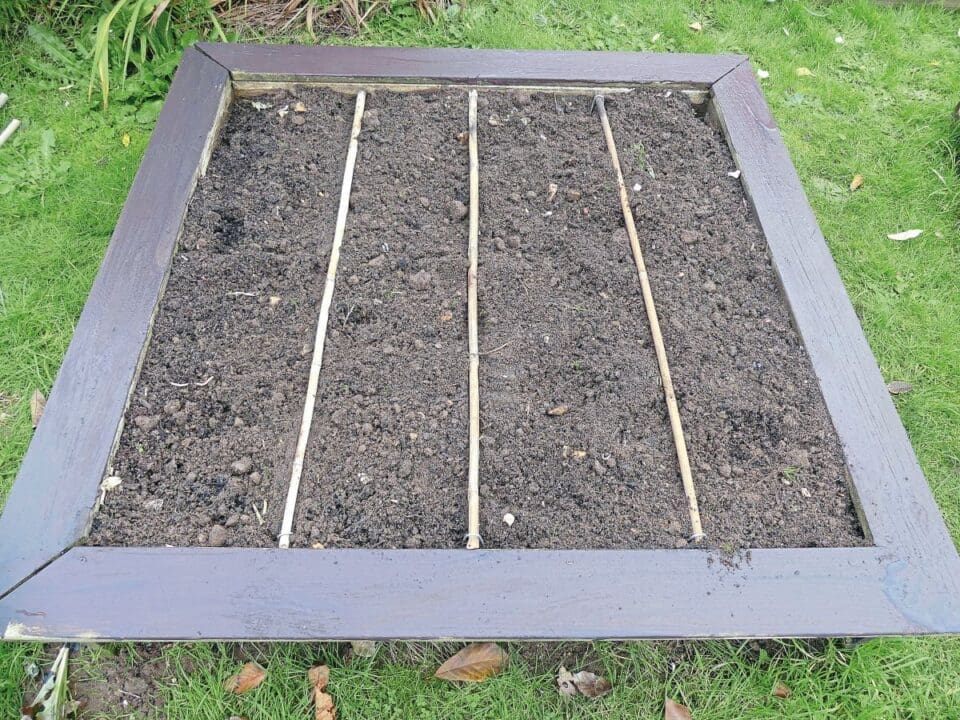
STEP 2: Now lay the remaining canes crossways.
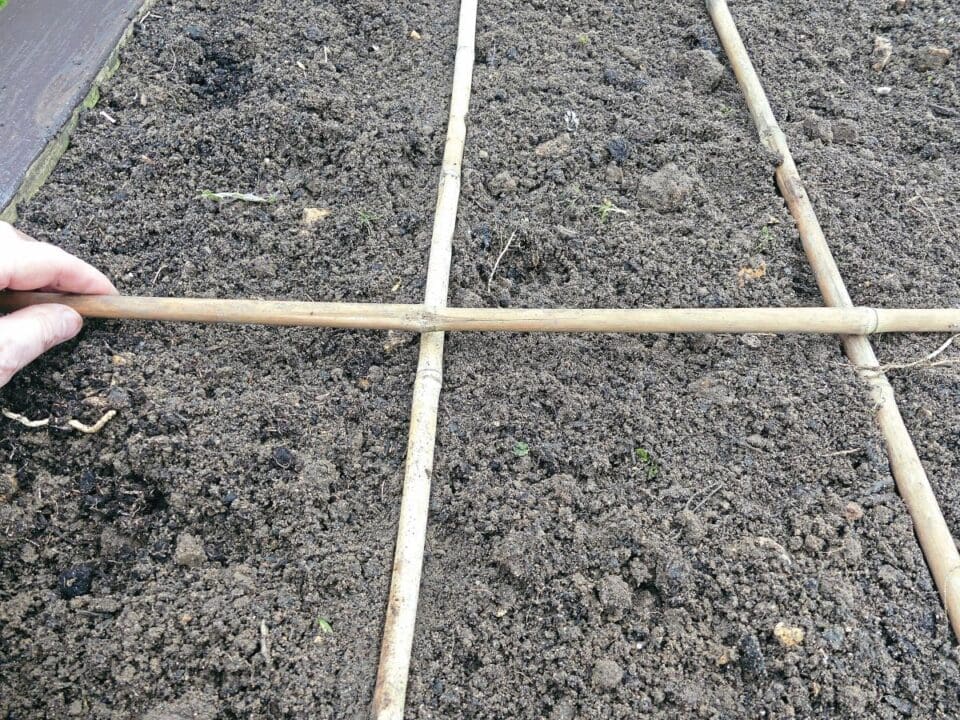
STEP 3: Using tent pegs, pin down the ends of the canes and where they cross to secure in place.
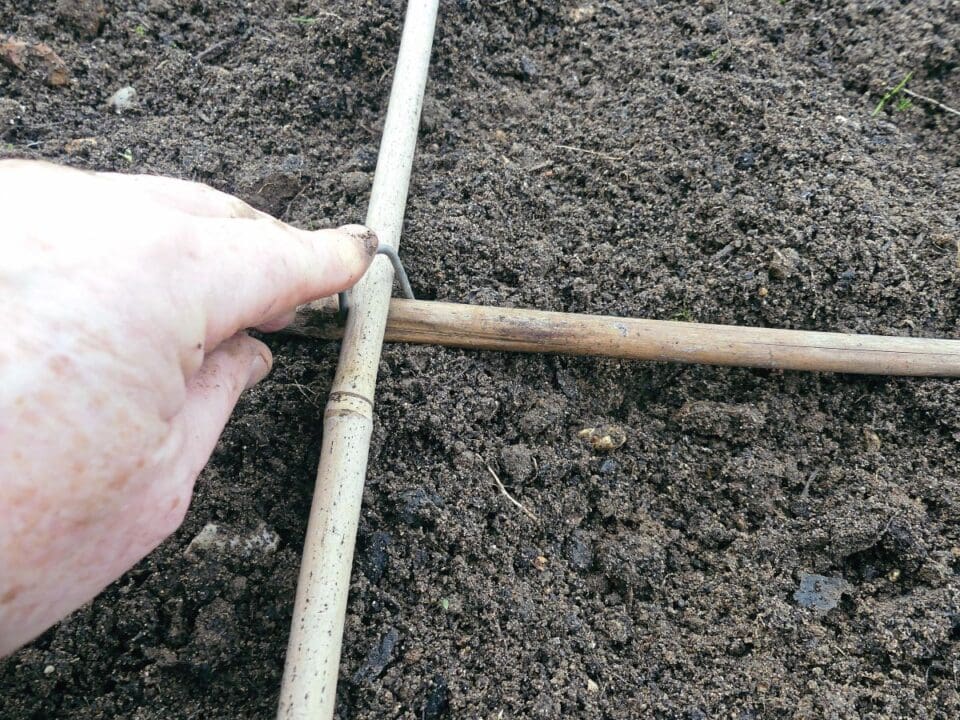
STEP 4: Start sowing!
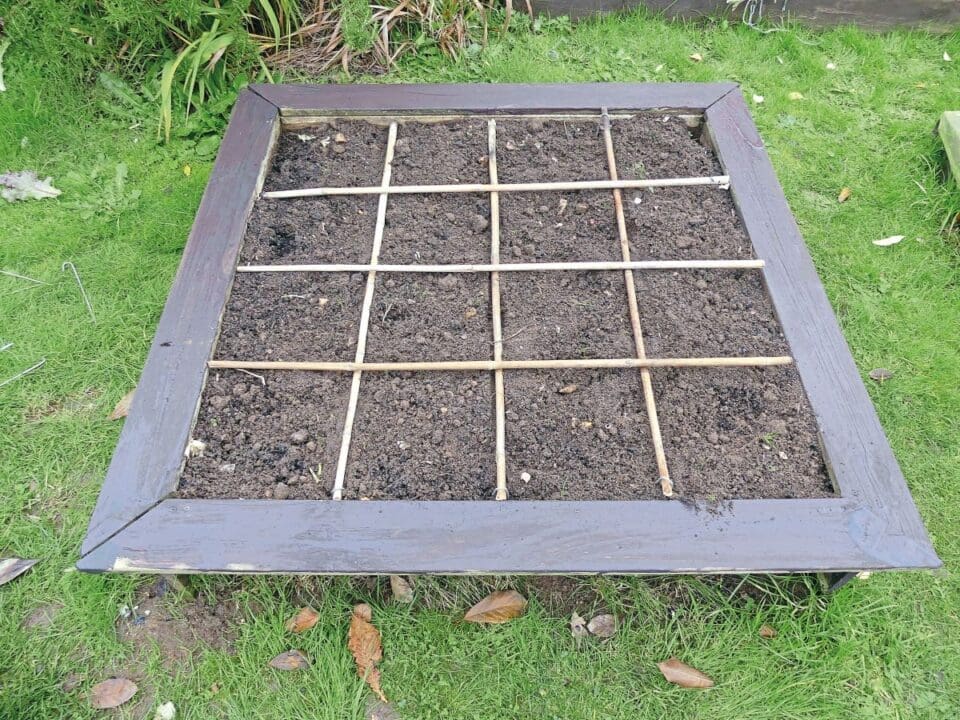
What to grow
If you’re sowing for a variety of different tastes, flavours and combinations, here are some ideas.
SALAD CROPS: Lettuces, mixed salad leaves, mizuna, rocket, landcress, radishes, chives, mustards and spring onions.
HERBS: Thyme, rosemary, oregano, mint (buried in a pot), covering them with a cloche or protective horticultural fleece over winter.
CARROTS: Try out some different varieties in size and colour: ‘Purple Haze F1’; ‘Amsterdam Forcing F1’; ‘Gold Nugget F1’; ‘Black Nebula F1’, and so on.
ALLIUMS: Plant both softneck and hardneck garlic and a mix of onions, both red and brown, all in different squares.
